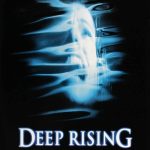The godfather part 2 1974
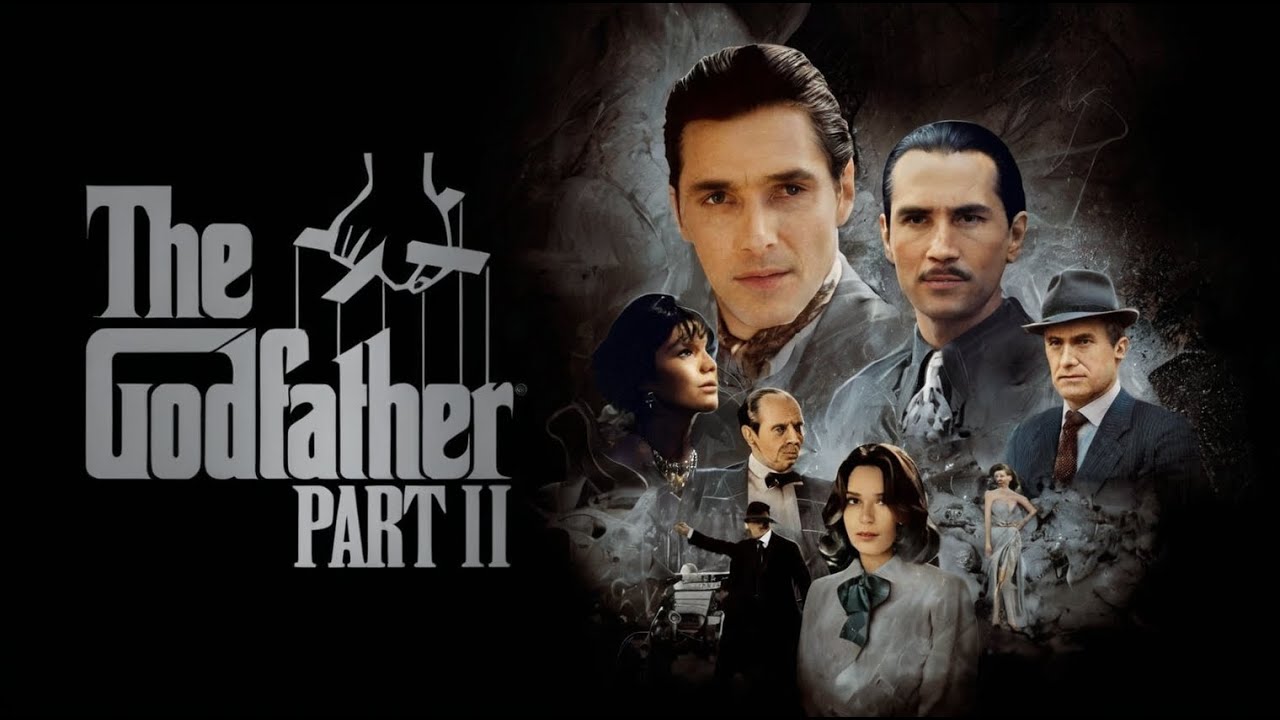
The Godfather Part II (1974), directed by Francis Ford Coppola, is widely regarded as one of the greatest sequels in cinematic history, if not one of the greatest films ever made. Building upon the foundation laid by its predecessor, The Godfather (1972), this film delves deeper into the themes of power, family, and the American Dream while expanding the saga of the Corleone family.
Plot Overview
The narrative of The Godfather Part II is structured as a parallel story, alternating between two timelines: the rise of a young Vito Corleone (played by Robert De Niro) in the early 1900s and the struggles of his son, Michael Corleone (Al Pacino), in the 1950s as he seeks to expand the family’s criminal empire.
- Vito’s Story: The film chronicles Vito Corleone’s immigration to America from Sicily, his rise to power as he builds his crime syndicate, and his eventual establishment as the head of the Corleone family. De Niro’s portrayal of the young Vito is powerful and nuanced, earning him an Academy Award for Best Supporting Actor. The backstory provides insight into the values that shaped Vito and his family’s legacy.
- Michael’s Story: In contrast, Michael’s arc reveals his increasing isolation and moral decline as he becomes more ruthless in his pursuit of power. He grapples with betrayal from within the family and external threats, including political corruption and law enforcement. Michael’s transformation from a reluctant heir to a cold-blooded mafia boss is profound and unsettling.
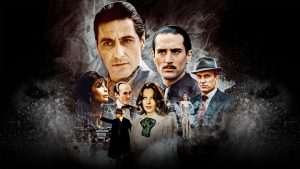
Themes and Character Development
The Godfather Part II explores several interwoven themes:
- Family and Legacy: The film examines the burden of legacy and the impact of choices on family dynamics. Michael’s decisions, driven by a desire to protect his family, often lead to tragic consequences. The juxtaposition of Vito’s values with Michael’s ruthless ambition raises questions about loyalty, love, and the cost of power.
- The American Dream: The film critiques the concept of the American Dream, showcasing how Vito’s pursuit of a better life leads to success through crime, while Michael’s quest for power ultimately isolates him and corrupts his ideals.
- Betrayal and Trust: The themes of betrayal are prevalent, with various characters demonstrating loyalty and treachery. Michael’s relationships with his family, particularly with his brother Fredo (John Cazale), are tested as the consequences of past actions come to light.
Cinematography and Direction
Coppola’s direction is masterful, employing a rich visual style that enhances the film’s emotional depth. The cinematography by Gordon Willis is stunning, utilizing lighting and composition to create a somber and atmospheric tone. The film’s aesthetic complements the narrative, with its meticulous attention to detail in settings, costumes, and props that evoke the period and the gravity of the story.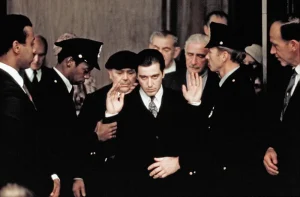
Performances
The performances in The Godfather Part II are nothing short of extraordinary.
- Al Pacino delivers a haunting performance as Michael Corleone, portraying a man increasingly consumed by power and paranoia. His evolution throughout the film is chilling, culminating in a powerful climax that underscores his tragic descent.
- Robert De Niro shines as the young Vito Corleone, effectively capturing the character’s charisma and complexity. His portrayal is understated yet impactful, and his ability to convey emotion without dialogue is remarkable.
- The supporting cast, including John Cazale, Robert Duvall, Diane Keaton, and Lee Strasberg, contribute significantly to the film’s richness, each character adding layers to the narrative.
Music
The score by Nino Rota is iconic, enhancing the film’s emotional resonance. The haunting main theme evokes nostalgia and tragedy, perfectly complementing the unfolding drama. The music plays a crucial role in setting the tone and underscoring key moments throughout the film.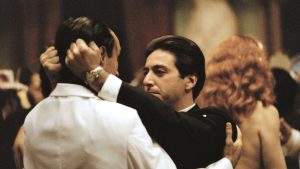
Conclusion
The Godfather Part II is a monumental achievement in filmmaking, offering a compelling and intricate exploration of power, family, and the complexities of human nature. Its dual narrative structure enriches the story, providing depth and context to the characters’ motivations and actions. With outstanding performances, masterful direction, and a haunting score, the film stands as a timeless classic that continues to resonate with audiences. It not only fulfills the promise of its predecessor but also expands the Godfather saga into a profound examination of the darker aspects of ambition and loyalty.









